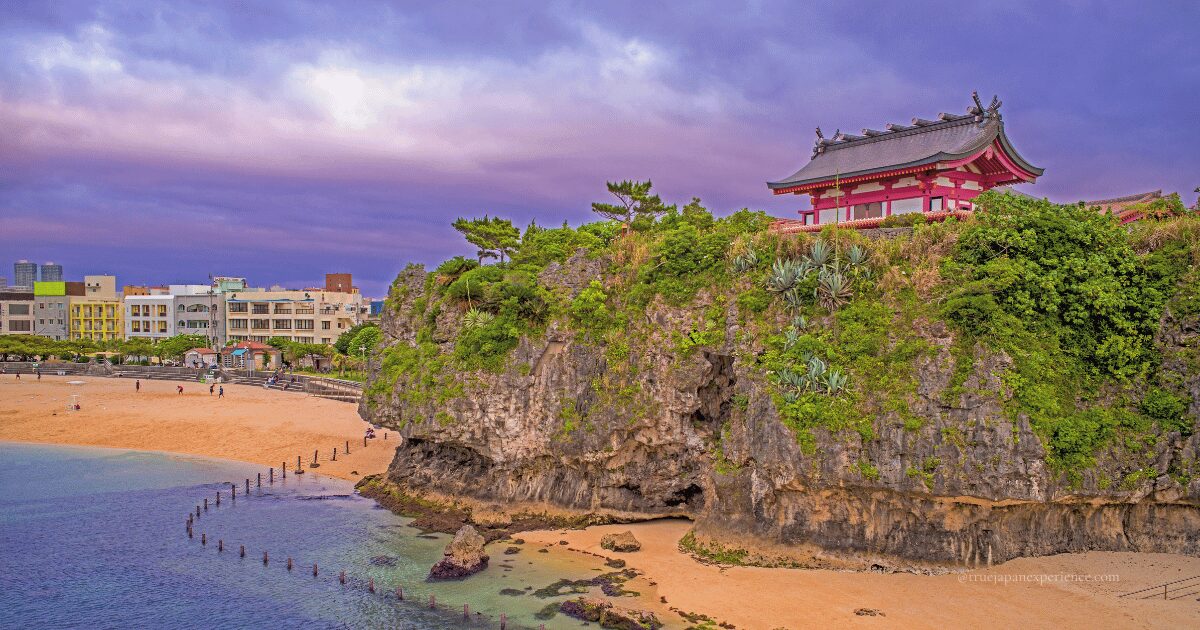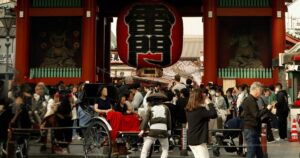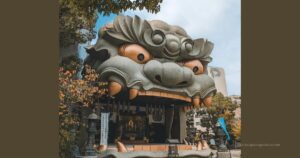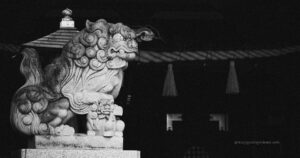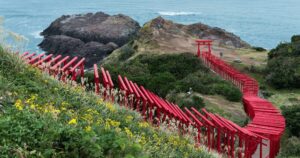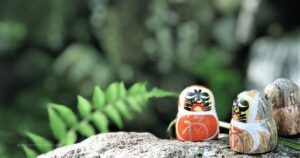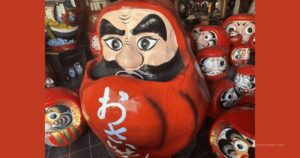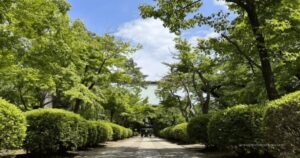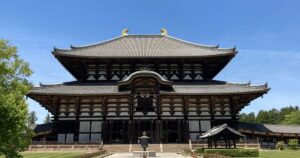Naminoue Shrine is one of Okinawa’s most beautiful and meaningful spiritual sites.
Sitting on a seaside cliff in Naha, it offers stunning ocean views and a peaceful atmosphere.
Unlike shrines on Japan’s mainland, Naminoue reflects Okinawa’s unique island culture.
Its deep connection to sea gods, local legends, and Ryukyuan traditions makes it a truly special place to visit.
Whether you’re interested in local history, scenic photography, or simply a quiet moment by the sea, this shrine offers a one-of-a-kind experience in the heart of Okinawa.
Why Naminoue Shrine Is a Sacred Place in Okinawa
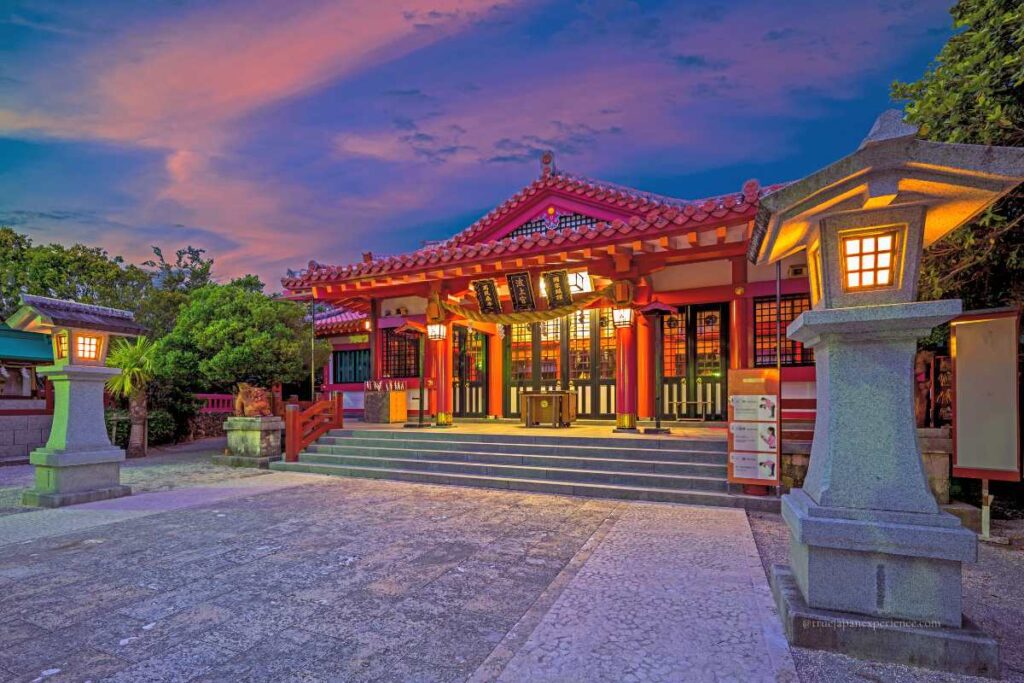
Naminoue Shrine is one of the most spiritual places in Okinawa.
Standing high on a coral cliff in Naha City, it has been worshiped since ancient times as a sacred site facing the sea gods of Nirai Kanai—a mythical paradise beyond the ocean in Ryukyuan belief.
Long before modern religion arrived, locals prayed here for safe travel, rich harvests, and a peaceful life.
This deep spiritual tradition makes it more than just a shrine—it’s a living symbol of Okinawa’s unique culture.
A Legend of the “Talking Stone” and Kumano Deities
According to legend, a village chief from southern Okinawa found a mysterious “talking stone” in the sea.
When he prayed to it, the sea provided an abundant catch. But when other spirits tried to take the stone, he fled and arrived at the cliff now known as Naminoue.
There, a divine message from the Kumano gods of Japan told him to build a shrine to protect the nation. That is how Naminoue Shrine was born.
Naminoue Shrine and the Kings of the Ryukyu Kingdom
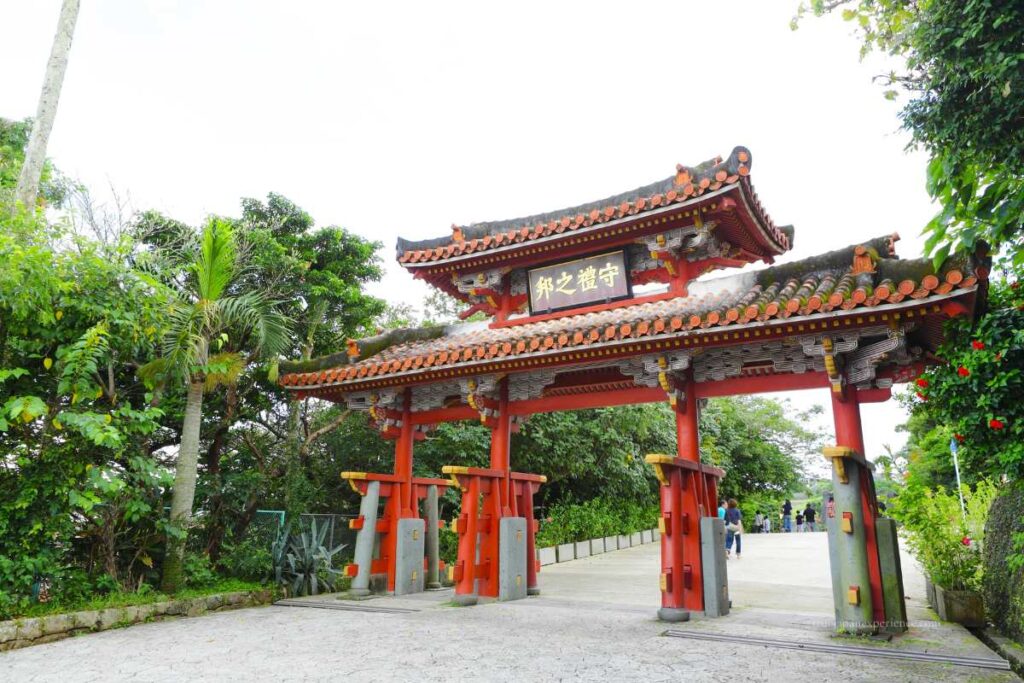
In the past, Okinawa was an independent country called the Ryukyu Kingdom. It had its own kings, language, and culture, different from mainland Japan.
Naminoue Shrine was very important during this time. It was known as the most respected shrine in the kingdom. Every New Year, the Ryukyu King himself would visit the shrine to pray for peace, safety, and good harvests.
Because of this royal connection, Naminoue Shrine became the top shrine among the “Eight Shrines of Ryukyu” and was deeply honored by both the rulers and the people.
Blessings of Naminoue Shrine: Safe Travel, Good Fishing, and Daily Life
One of the most important blessings of Naminoue Shrine is safety for travelers, especially those going by sea.
Since it stands on a cliff facing the ocean, people have prayed here for many years before leaving on boats. Ships would look up at the shrine when leaving the port and again when coming home, to give thanks for a safe trip.
Local fishermen also visit Naminoue Shrine to pray for a big catch. Families come to wish for health, good fortune, and peace in daily life.
Because of this, the shrine is not only for tourists—it’s part of daily life for people in Okinawa. It protects both the sea and the home.
Top Things to See at Naminoue Shrine in Okinawa
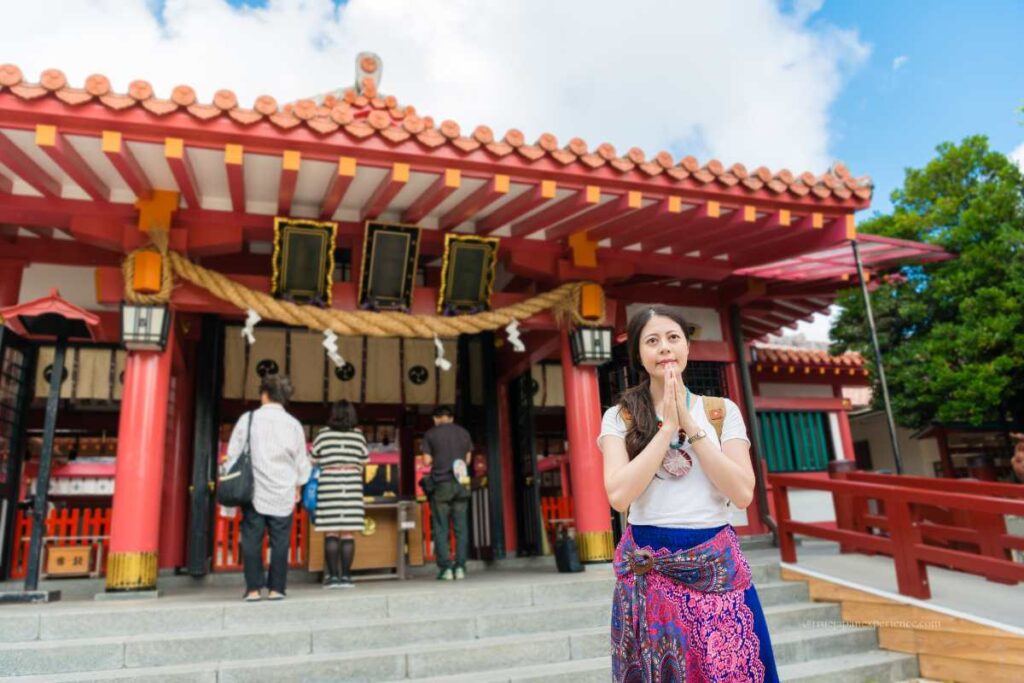
Naminoue Shrine is small but packed with unique sights.
Here are some must-see spots and photo opportunities.
Cliffside Shrine and Ocean View Torii
Naminoue Shrine sits on a tall cliff, looking out over the bright blue sea. It’s one of the most beautiful spots in Naha. The red roof and white walls stand out clearly against the sky, and the sound of the waves below makes it feel very peaceful.
When you walk on the beach below, you can look up and see the shrine sitting high above. It almost feels like a castle from a storybook, floating between the sky and sea. Many visitors stop here to take photos because the view is so special.
You can also see the shrine from a nearby bridge called Naminoue Rinko Road. From there, the view is wide and open—you can see the shrine, the cliff, and the sea all together. It’s a perfect place to pause, take a deep breath, and enjoy the moment.
Visiting Naminoue Shrine is not only about praying. It’s also about feeling the beauty of Okinawa’s nature and culture, all in one place.
Okinawan Details and Fun Photo Spots at Naminoue Shrine
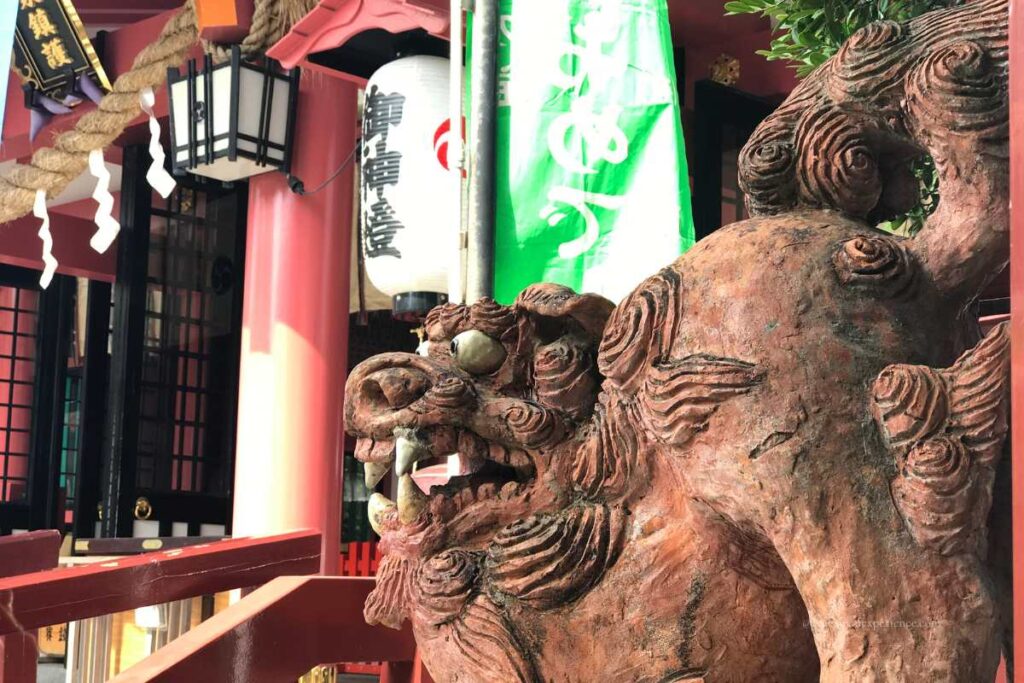
Naminoue Shrine is full of small details that show Okinawa’s special culture. In front of the main hall, you won’t find the usual lion-dog statues (komainu) from mainland Japan. Instead, you’ll see two colorful shisa, the traditional protectors of Okinawa.
The one on the right has an open mouth to bring in good luck. The one on the left keeps its mouth closed to keep the luck inside. Many visitors enjoy taking photos with these friendly-looking guardians.
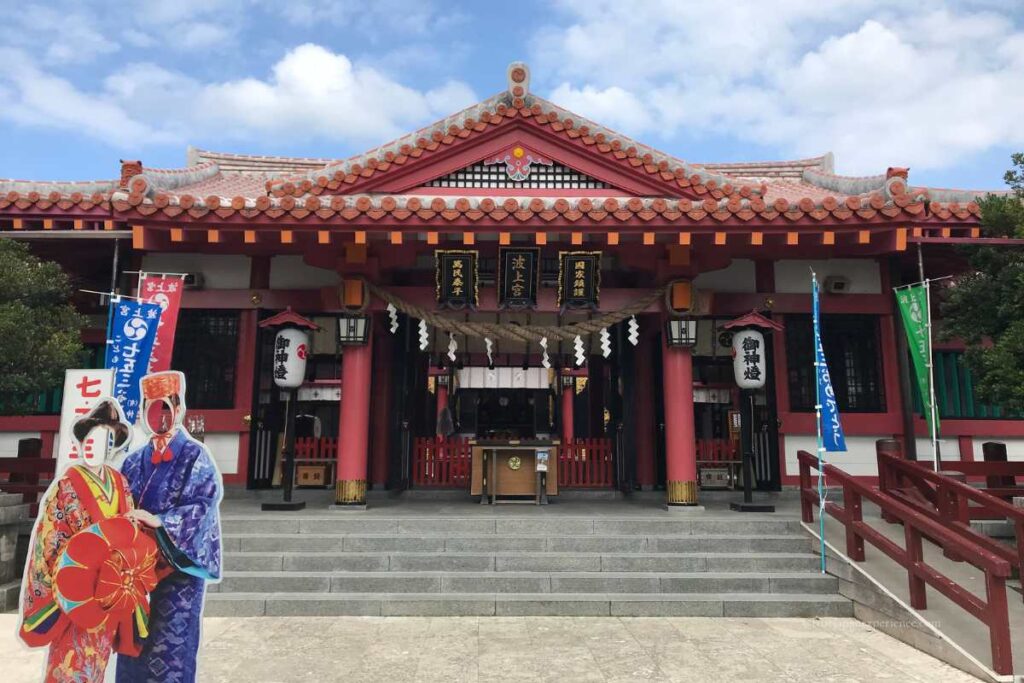
Near the shrine, you might also see a photo panel where you can pose in ryuso, the traditional clothes of the Ryukyu Kingdom. It’s a fun and easy way to try Okinawan style—even if just for a picture.
With its red roof tiles, tropical trees, and bright flowers, the whole area feels very warm and welcoming. These little touches make Naminoue Shrine a fun and beautiful place to explore.
Photo tip: The grounds can get crowded during the day. For a calm and peaceful photo, visit in the early morning or just before sunset. In winter, the sea becomes clearer, which makes ocean shots even more beautiful.
Naminoue Beach (“Lucky Beach”)
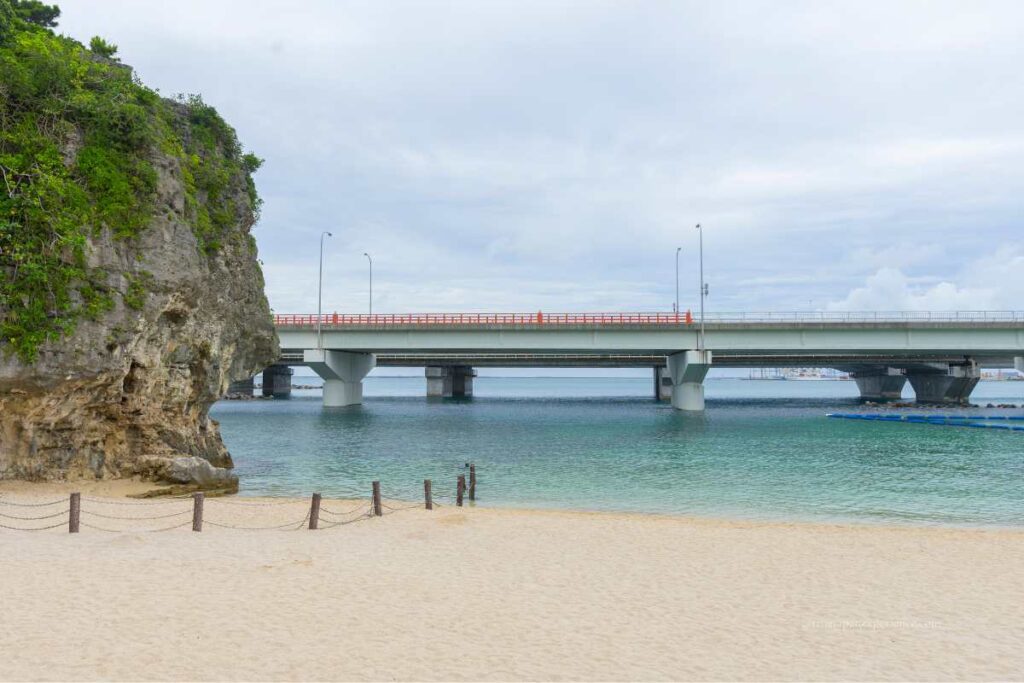
Just below Naminoue Shrine is a special beach called Naminoue Beach. It is the only officially managed swimming beach in Naha City, with lifeguards, clean sand, and showers. You can walk there in just a few minutes from downtown.
Many people call it the “Lucky Beach” because it sits right under the cliff of the sacred shrine. When you stand on the sand and look up, you can see the red roof of Naminoue Shrine high above. It feels like the shrine is watching over the sea and everyone on the beach.
The view here is amazing. The white sand, the bright blue water, and the red shrine on the cliff come together like a postcard. It’s a great place to relax, take photos, or enjoy the sea breeze after visiting the shrine.
You can swim here in the summer, but even in cooler seasons, it’s nice to take a walk or sit and watch the waves. Some people stop by just to enjoy the peaceful mood or to give thanks to the sea.
Because of its special location and easy access, Naminoue Beach is a rare and beautiful spot where nature, culture, and everyday life come together.
Local Charms: Omamori and Goshuin
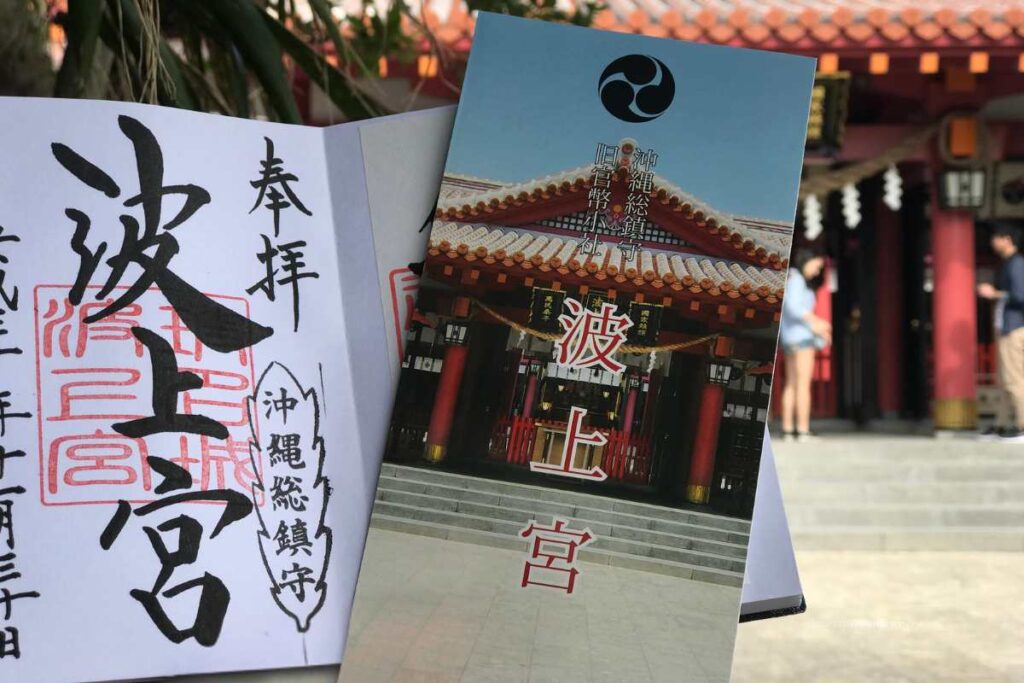
Before you leave Naminoue Shrine, take a moment to enjoy its small cultural touches. At the shrine office, you can receive beautiful omamori (good luck charms). Some are made with bingata, a traditional Okinawan dye pattern. They are colorful and make great souvenirs.
You can also collect a goshuin, a special stamp given by many shrines in Japan. It is written with a brush and ink, and includes the name of the shrine and the date of your visit. Many travelers keep these in a goshuin book as a memory of their journey.
Next to the main building, you will find two small shrines—Yomochi Shrine and Ukishima Shrine. These are quiet places to offer a short prayer or take a peaceful photo. Even though they are small, they are full of meaning and add to the warm, welcoming feeling of the whole area.
These little experiences—choosing a charm, writing a wish, or receiving a stamp—help you connect with the heart of Okinawan culture.
If you’re new to Japanese shrines and want to learn more, check out these helpful guides:
・Goshuin: A Unique Cultural Experience at Japanese Shrines and Temples
・How to Use Omamori: The Complete Guide to Japan’s Protective Charms
Naminoue Shrine: Access and Visitor Information
Here’s everything you need to know for a smooth visit:
Final Thoughts
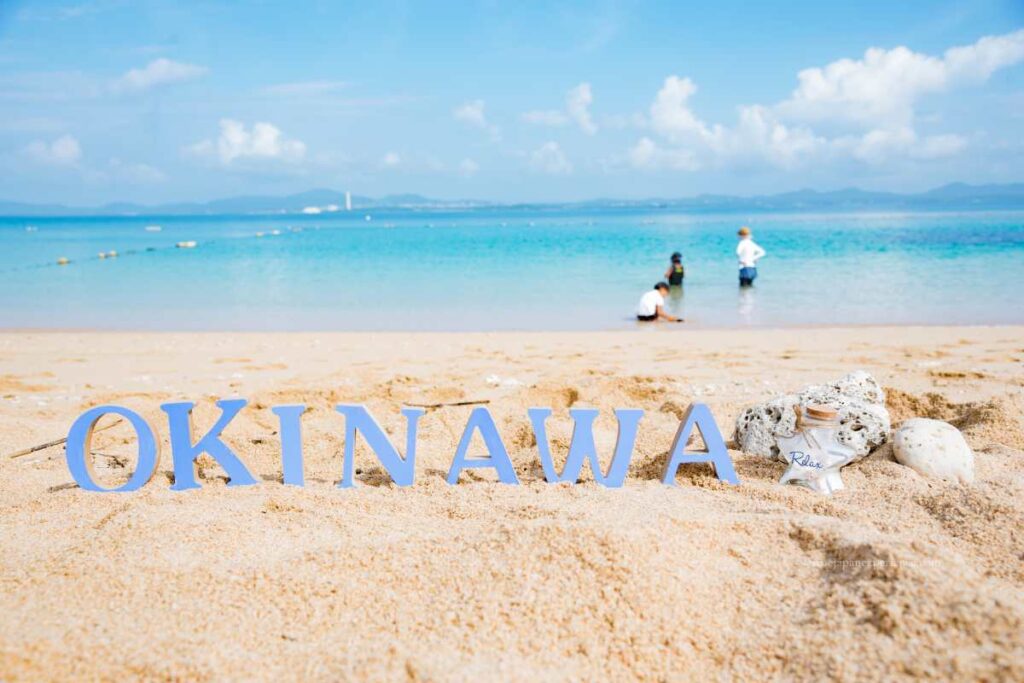
Naminoue Shrine is more than just a sightseeing spot.
It offers a deep connection to Okinawan culture, history, and daily life. With its beautiful cliffside view, friendly shisa guardians, and the calm sounds of the sea, it’s a place where you can feel both peaceful and inspired.
While you’re in Okinawa, you may also want to explore something new.
A large nature-themed park called JUNGLIA OKINAWA recently opened in the northern Yanbaru region. It’s about 1.5 hours by car from Naha City.
With ziplines, hot-air balloons, and dinosaur safaris, it’s a fun way to experience Okinawa’s wild side—especially if you’re traveling with friends or family.
No matter how you spend your time here, a visit to Naminoue Shrine will give you a special memory of Okinawa’s heart and spirit.
If you want to experience more of Okinawa’s culture and nature, joining a local tour is a great idea. From traditional crafts to jungle adventures, there are many ways to enjoy the island deeply.
